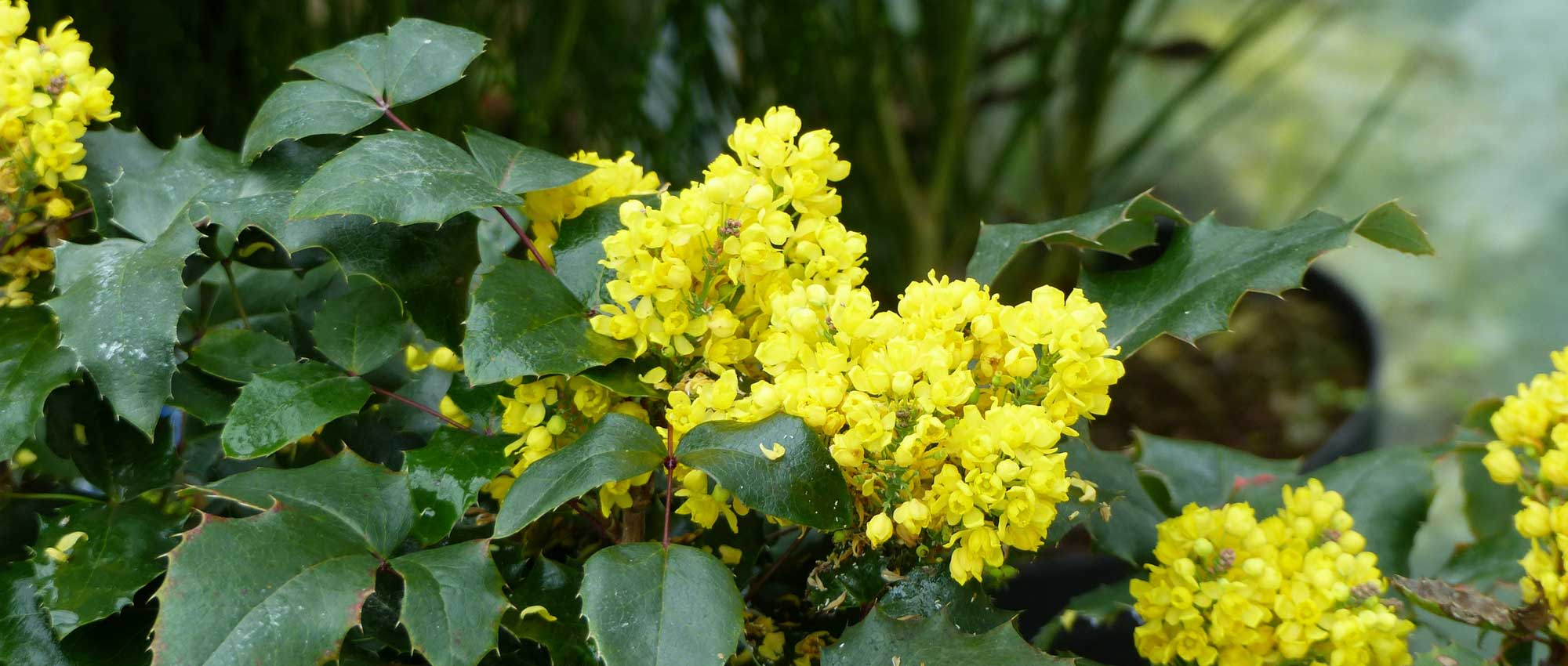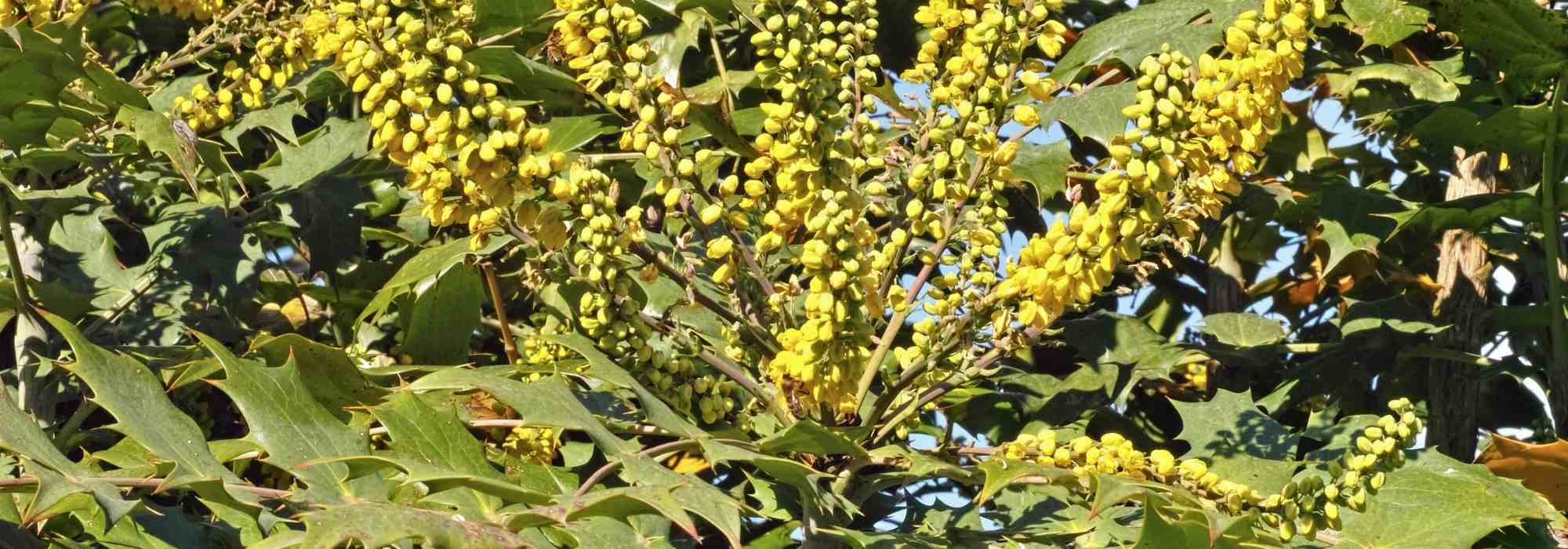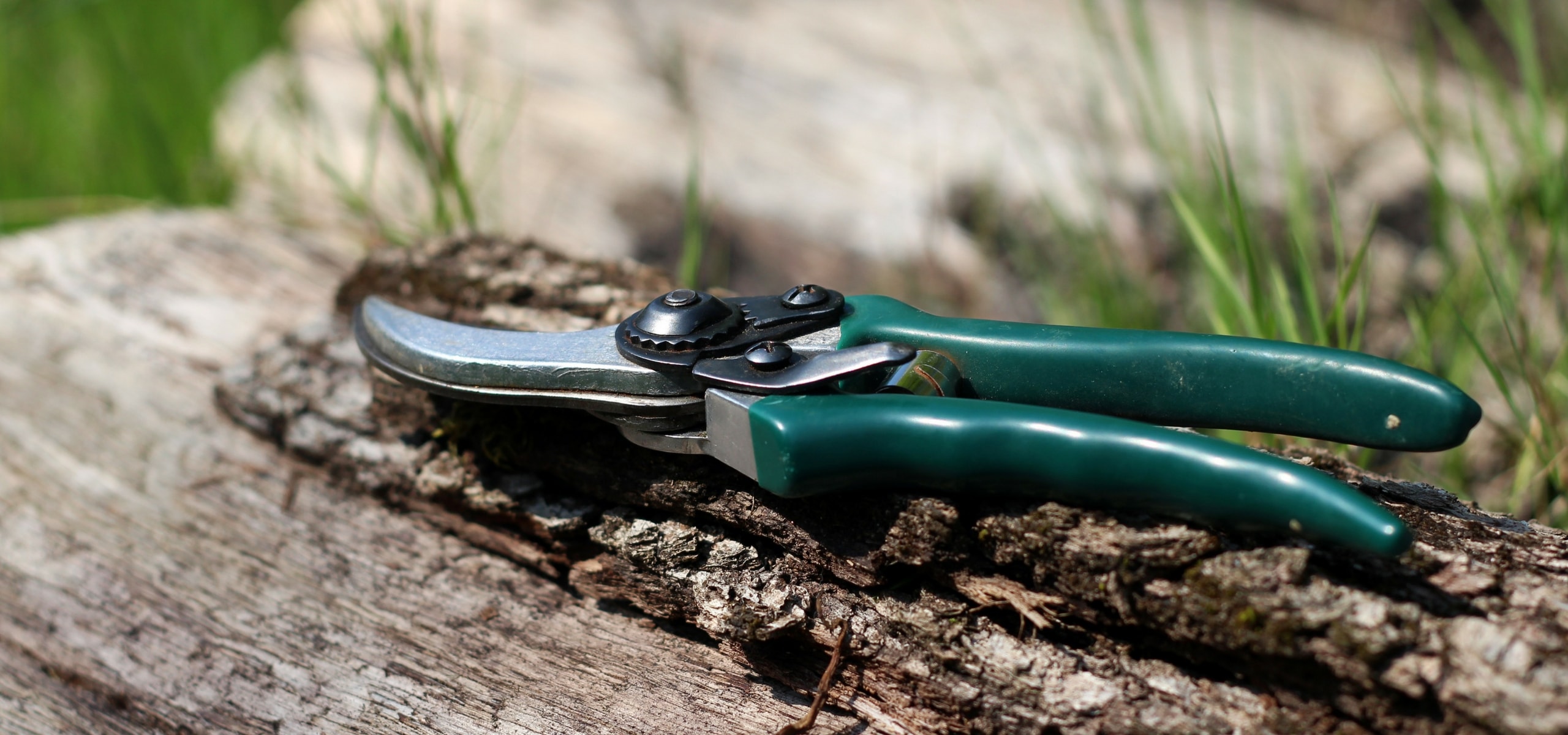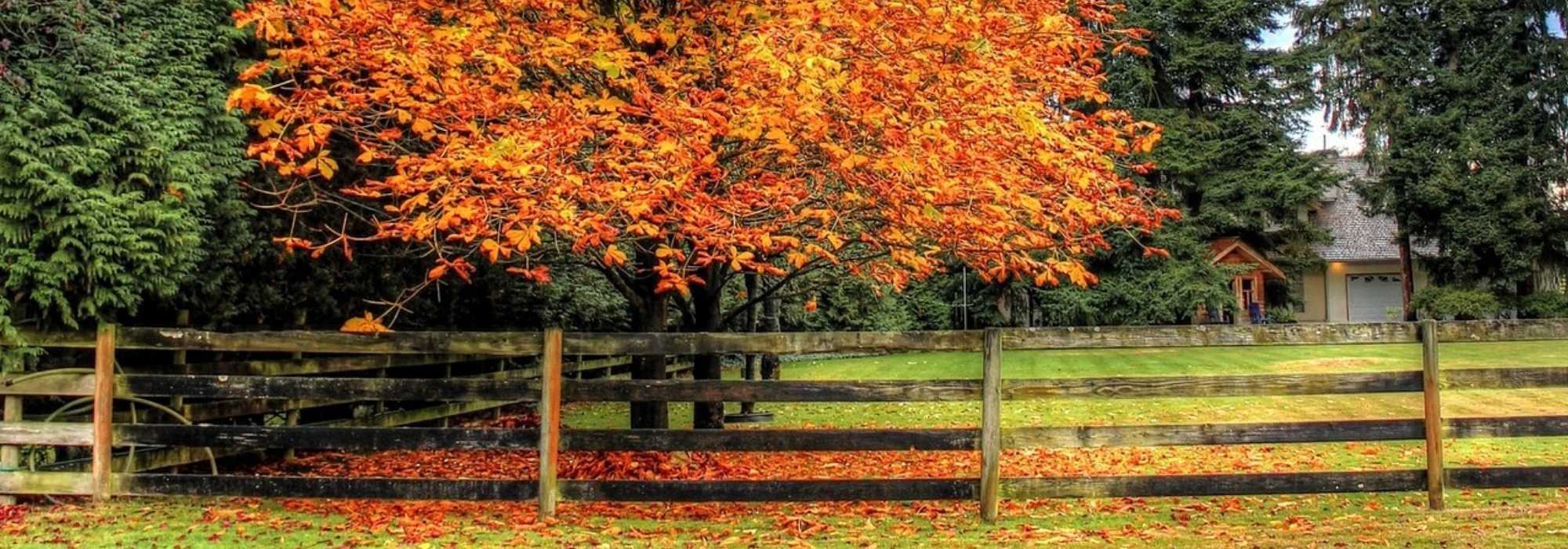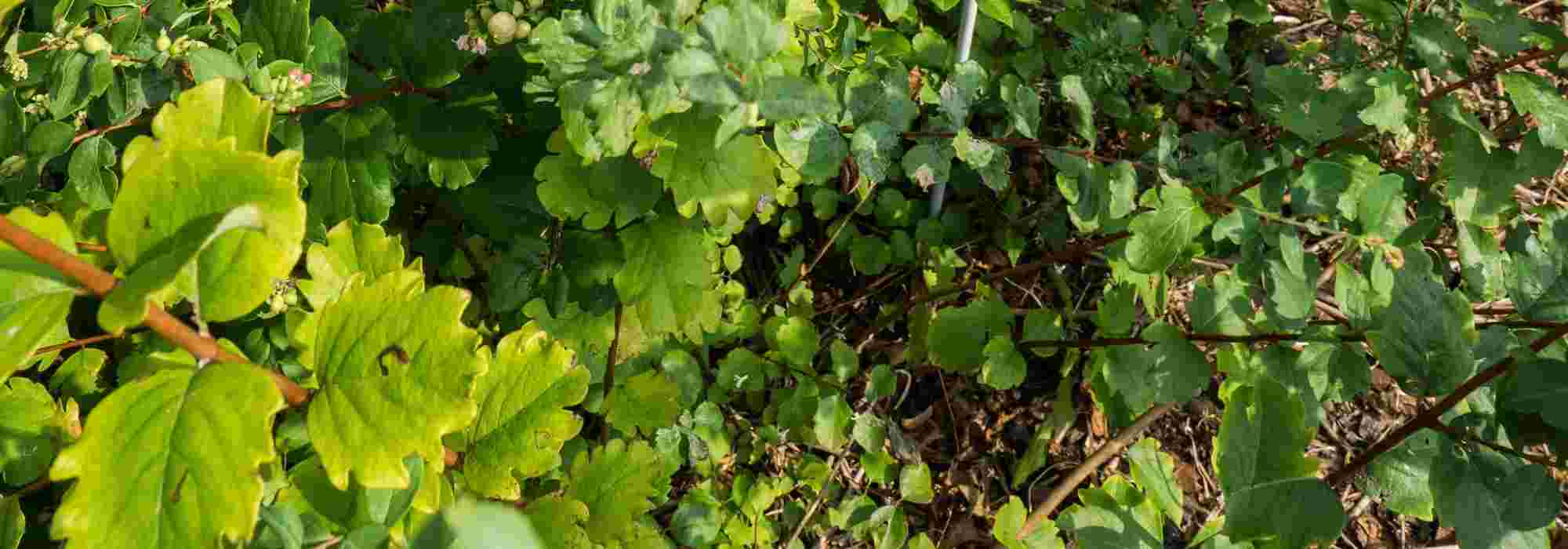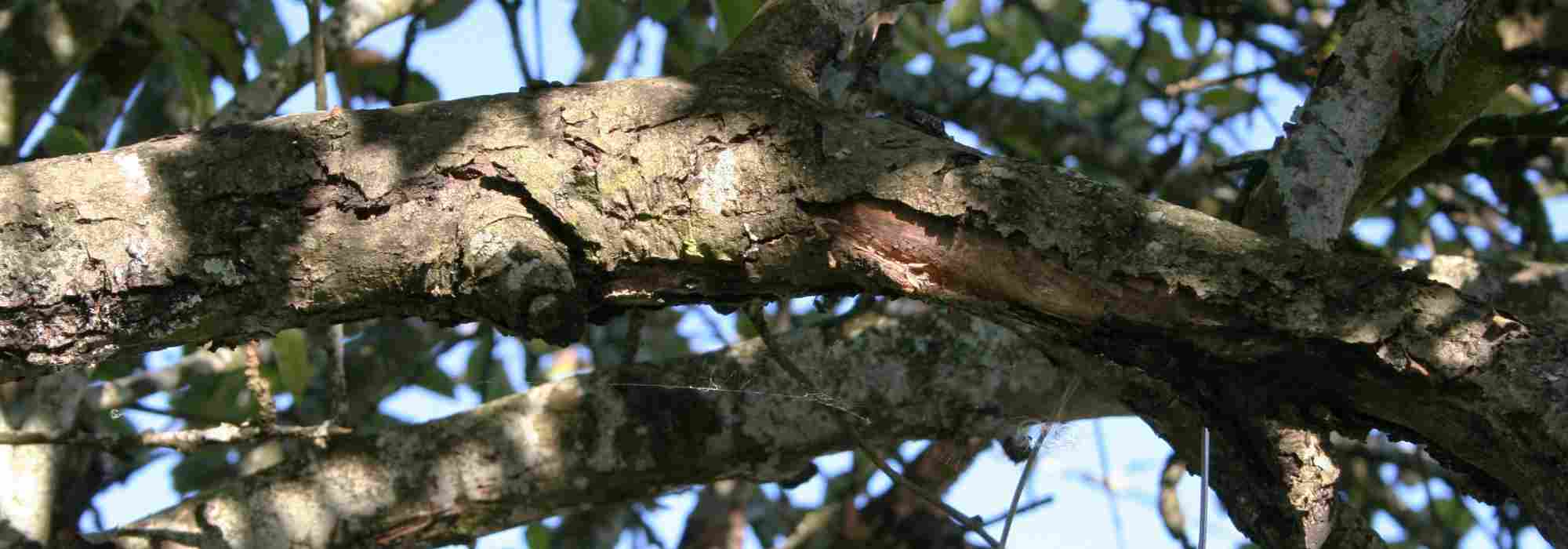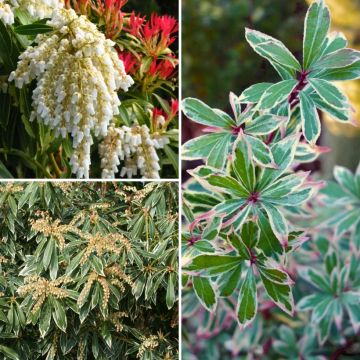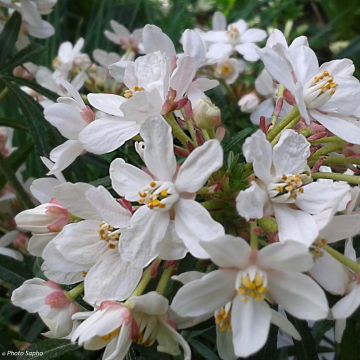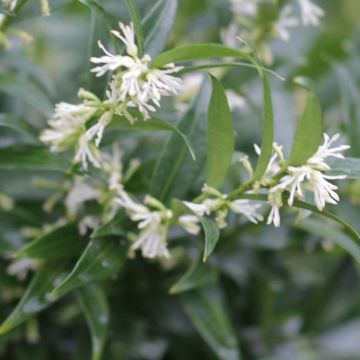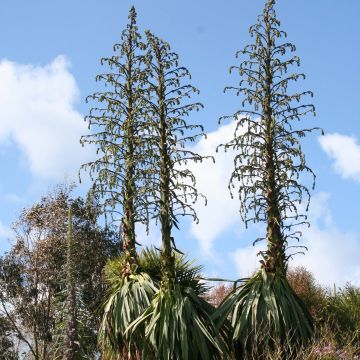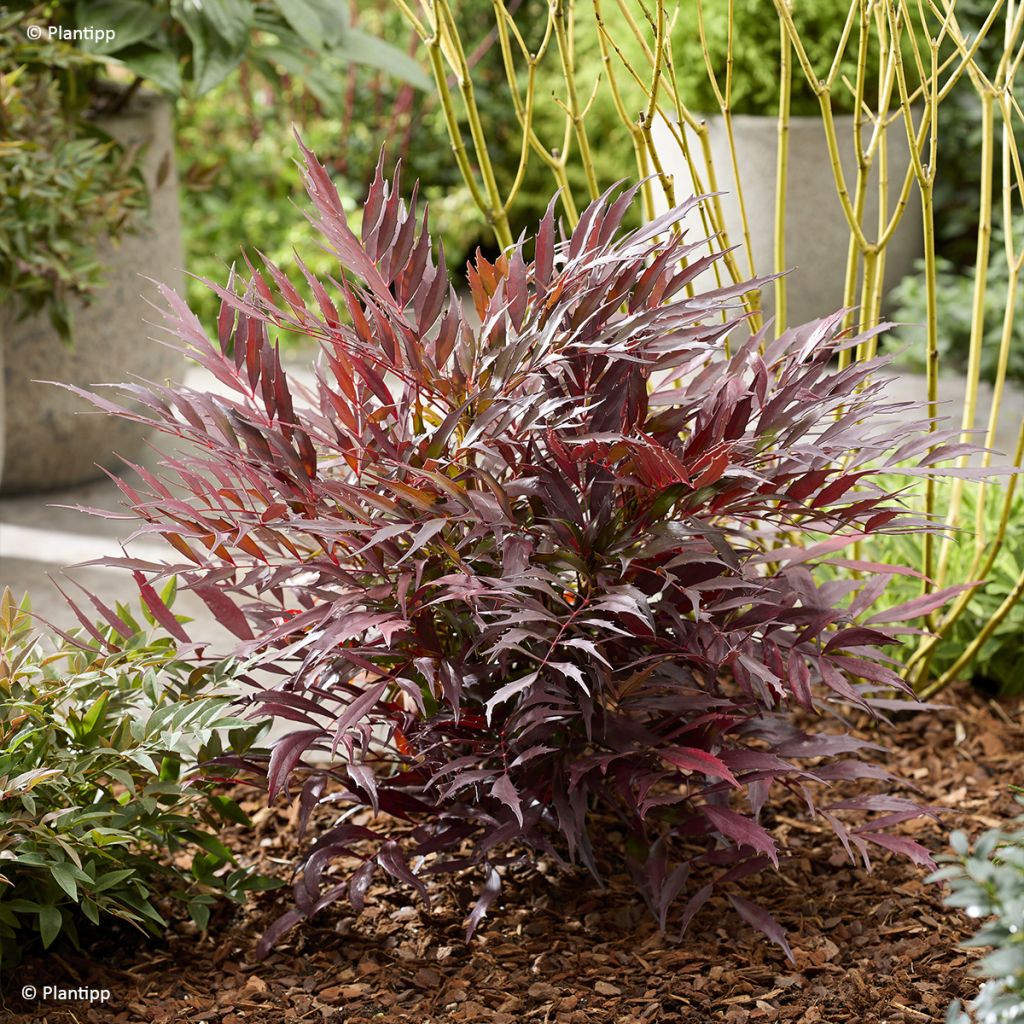

Mahonia Meteor
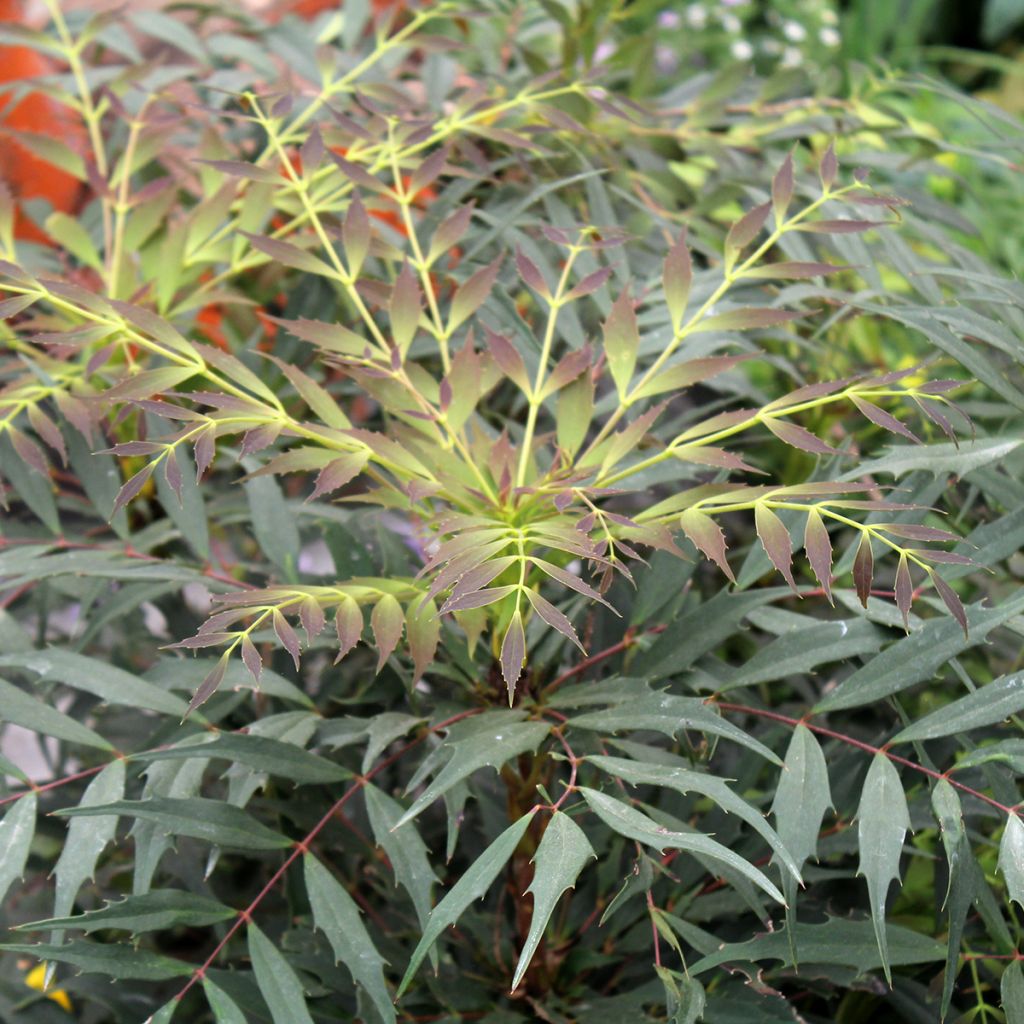

Mahonia Meteor
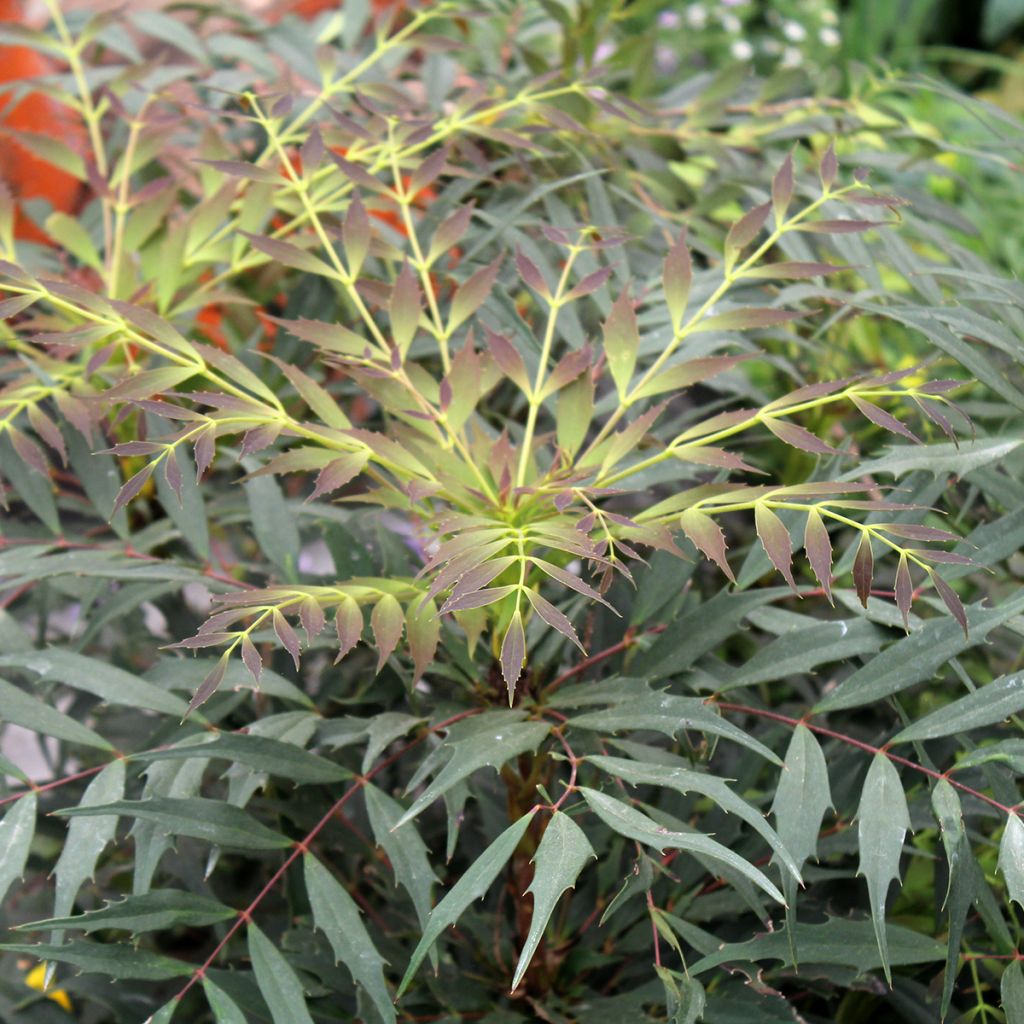

Mahonia Meteor
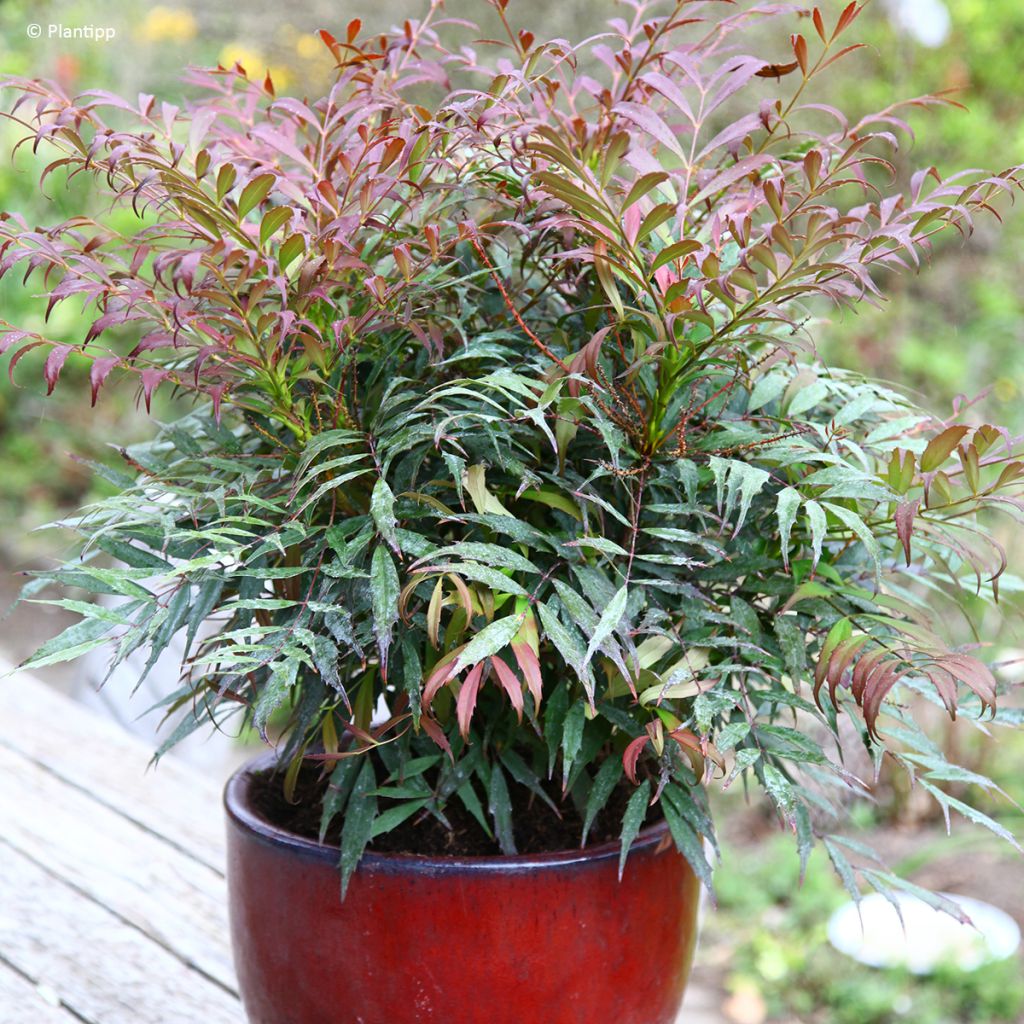

Mahonia Meteor
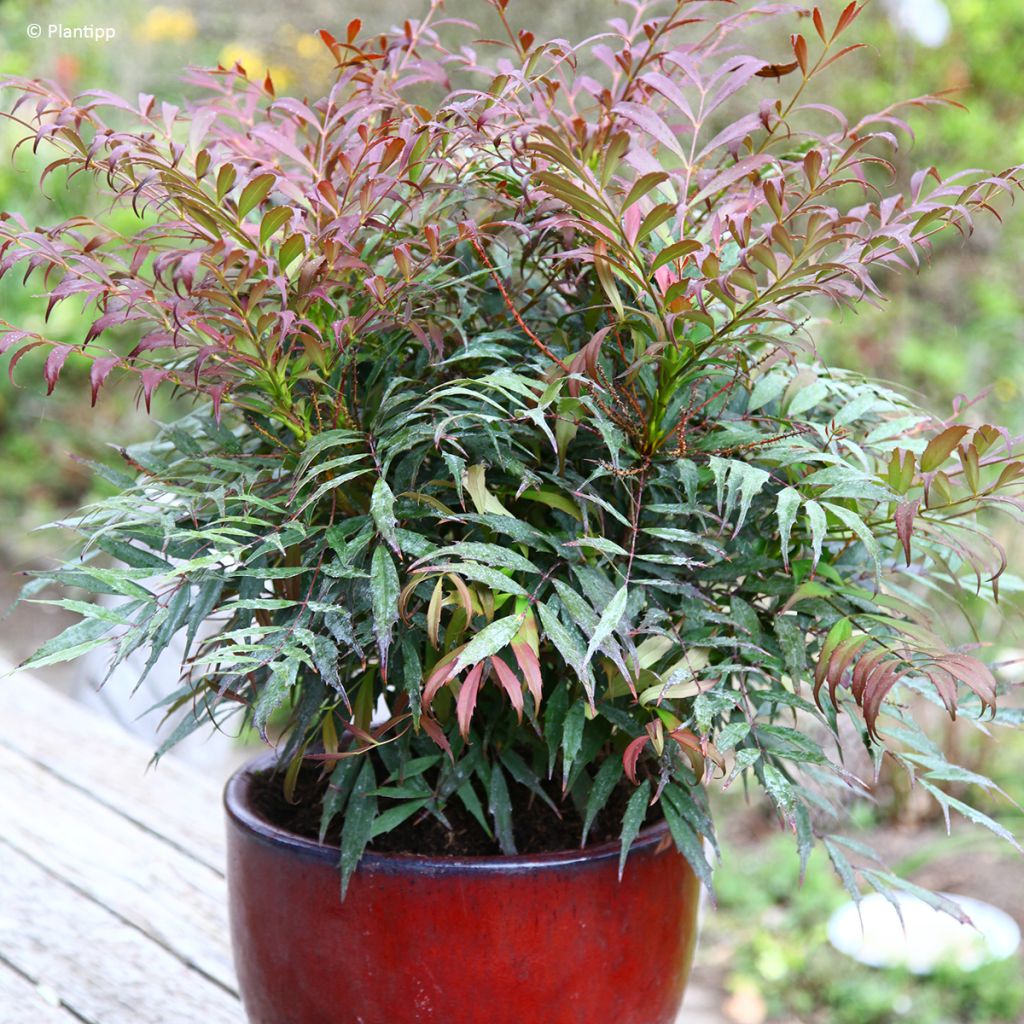

Mahonia Meteor
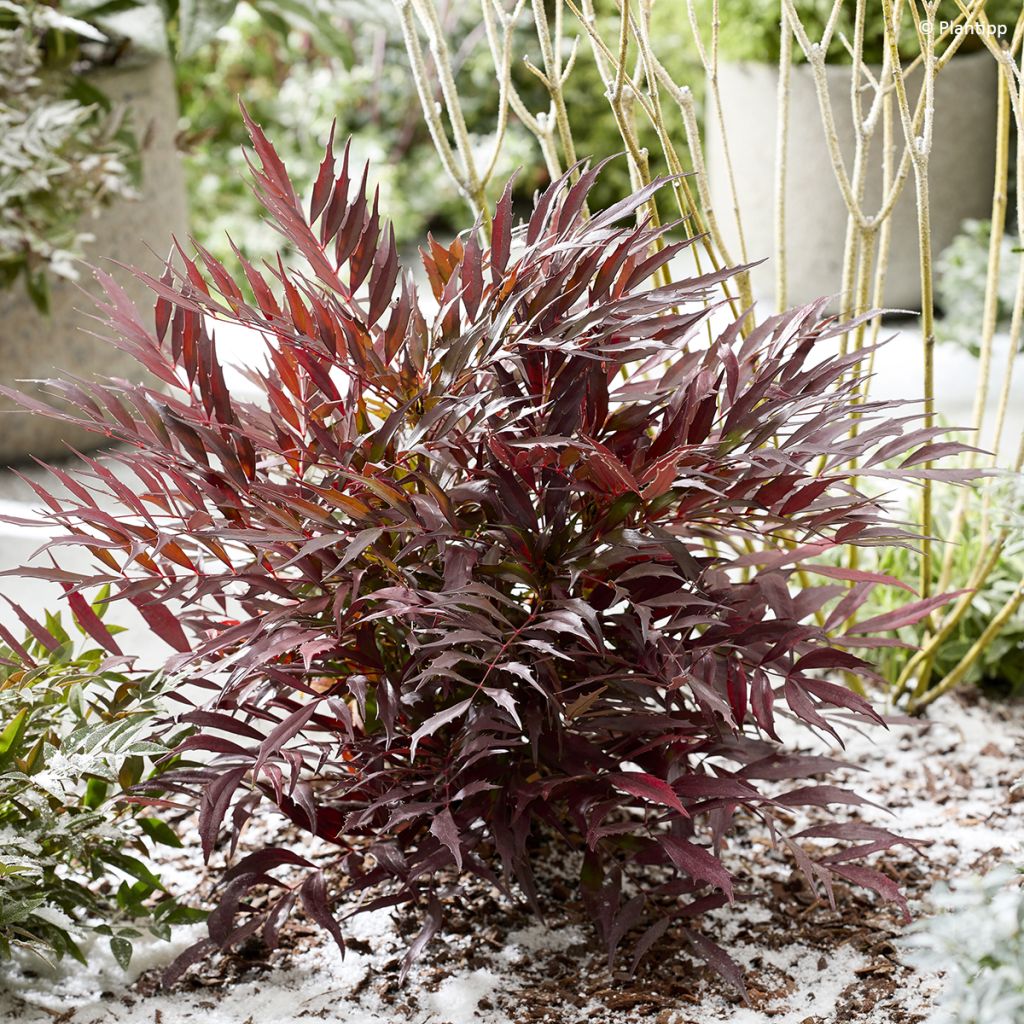

Mahonia Meteor
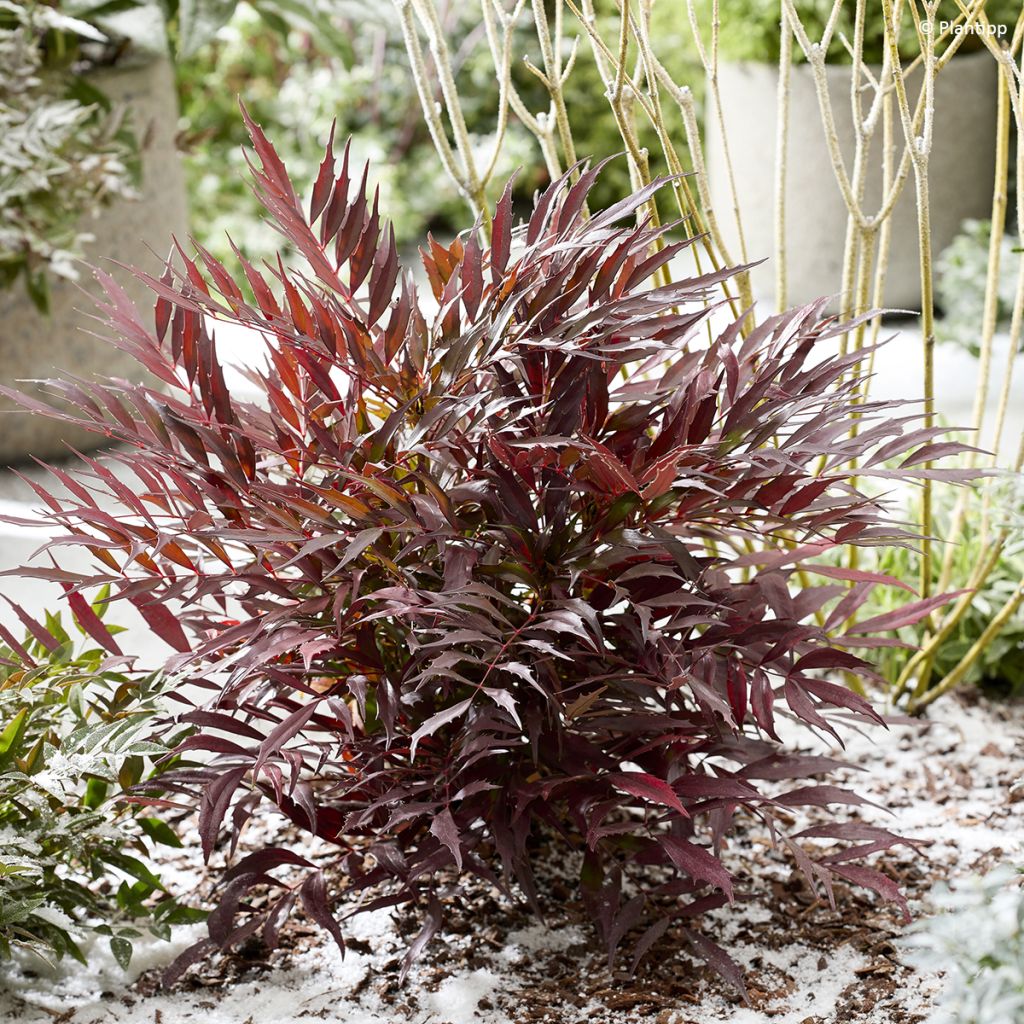

Mahonia Meteor
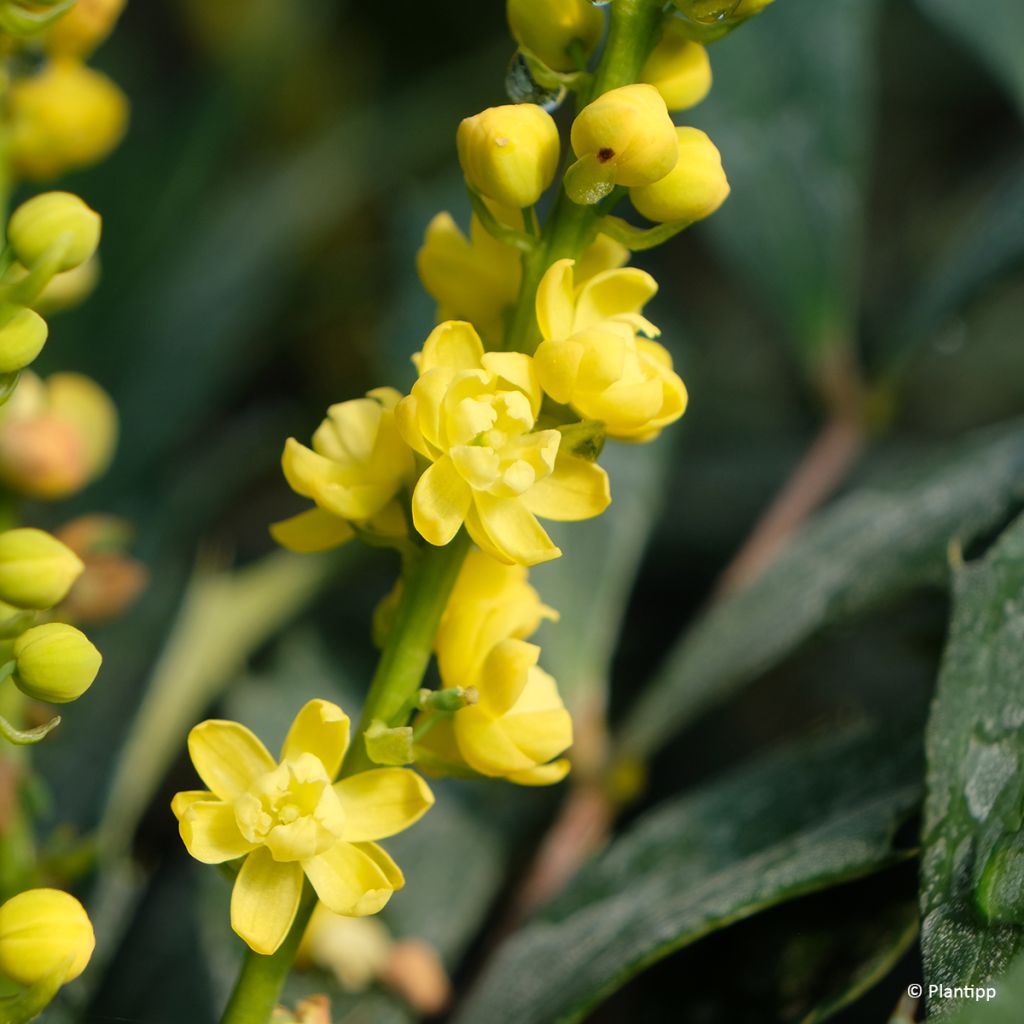

Mahonia Meteor
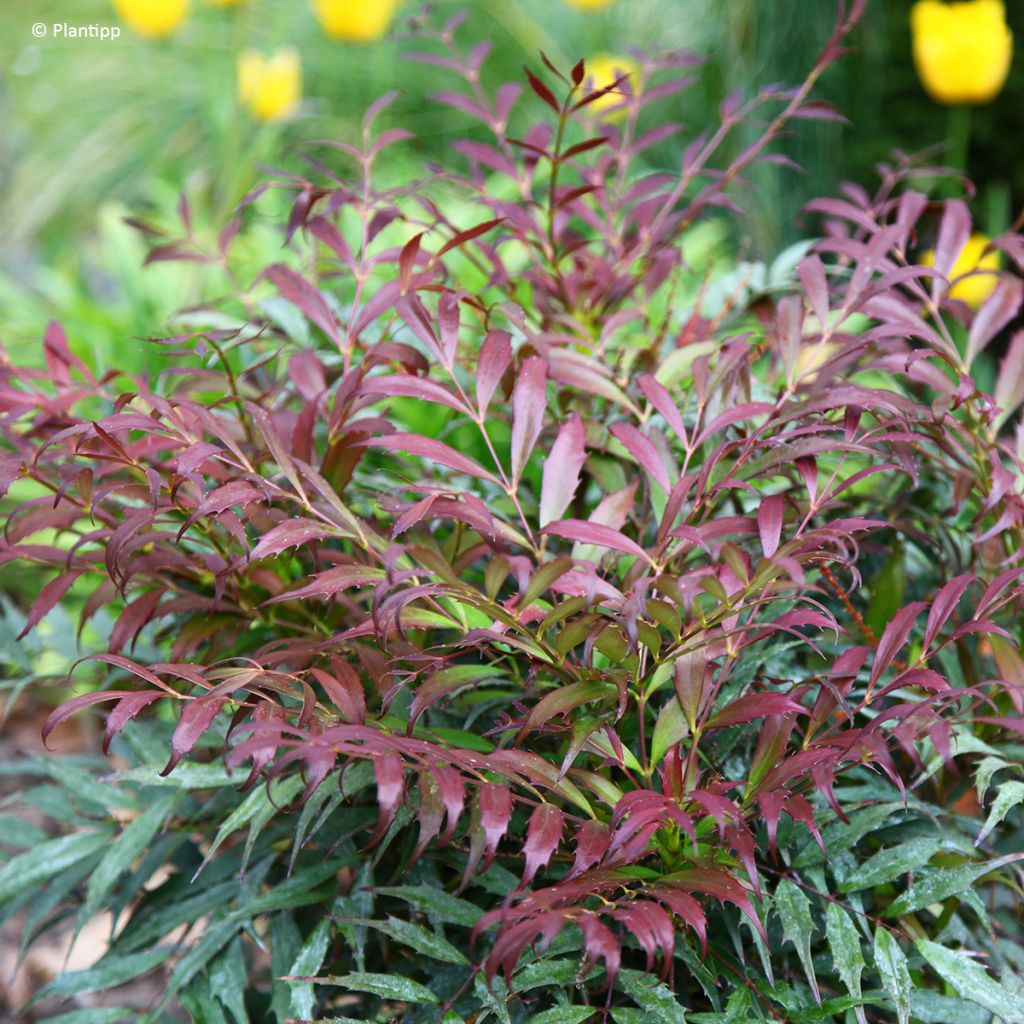

Mahonia Meteor
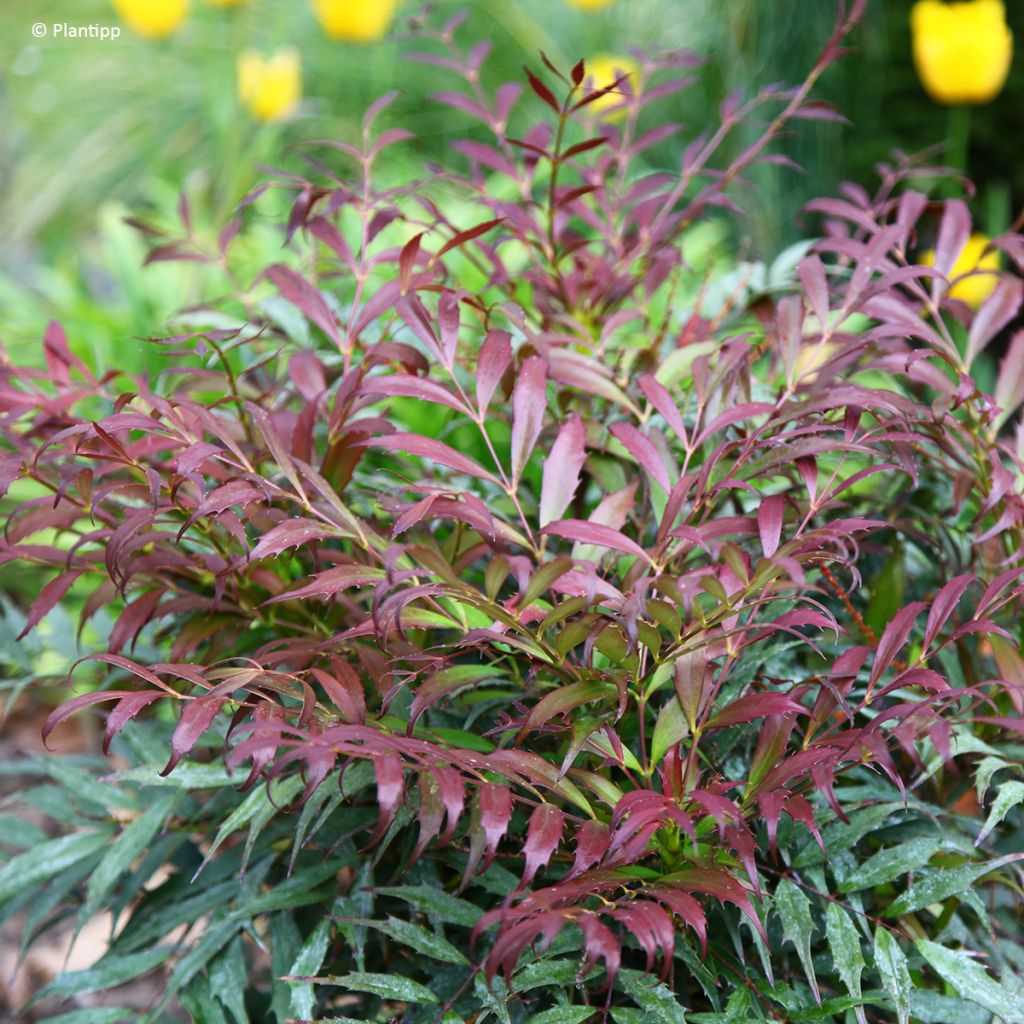

Mahonia Meteor
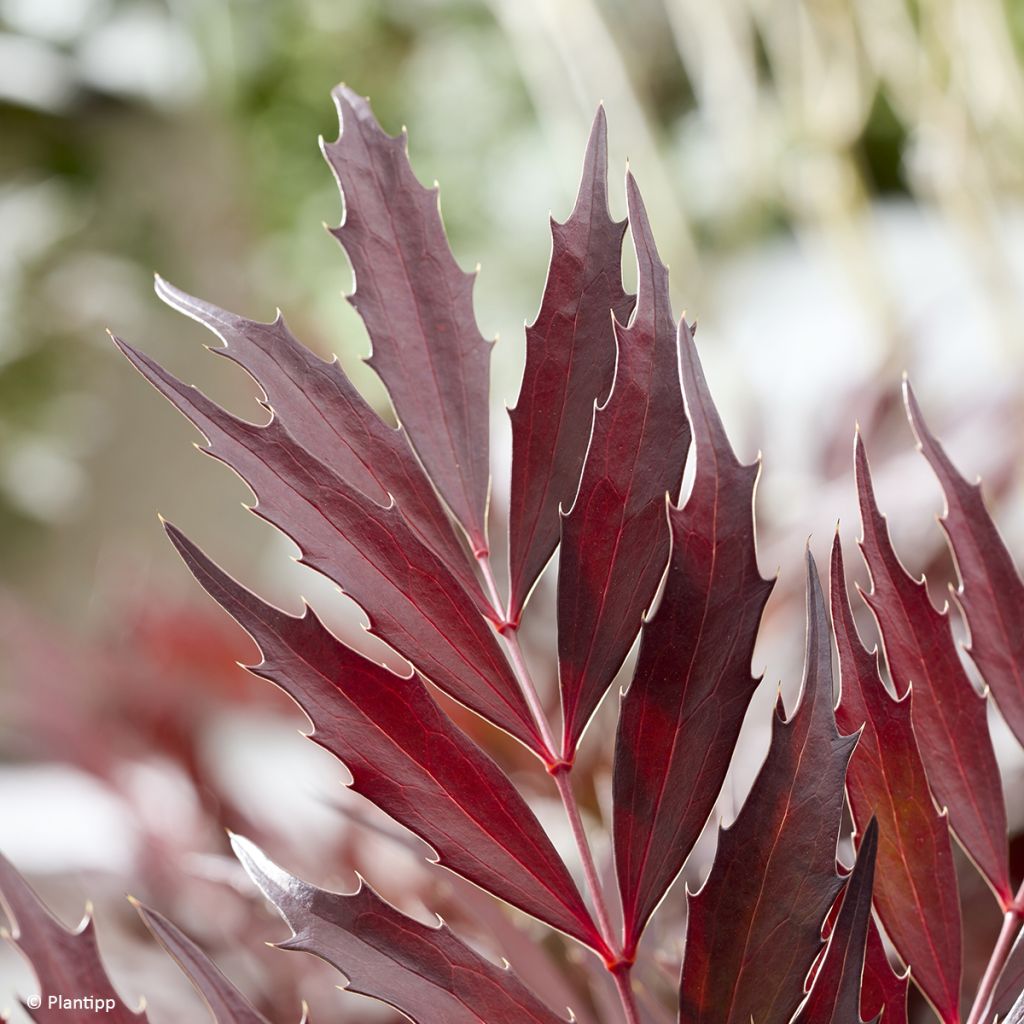

Mahonia Meteor
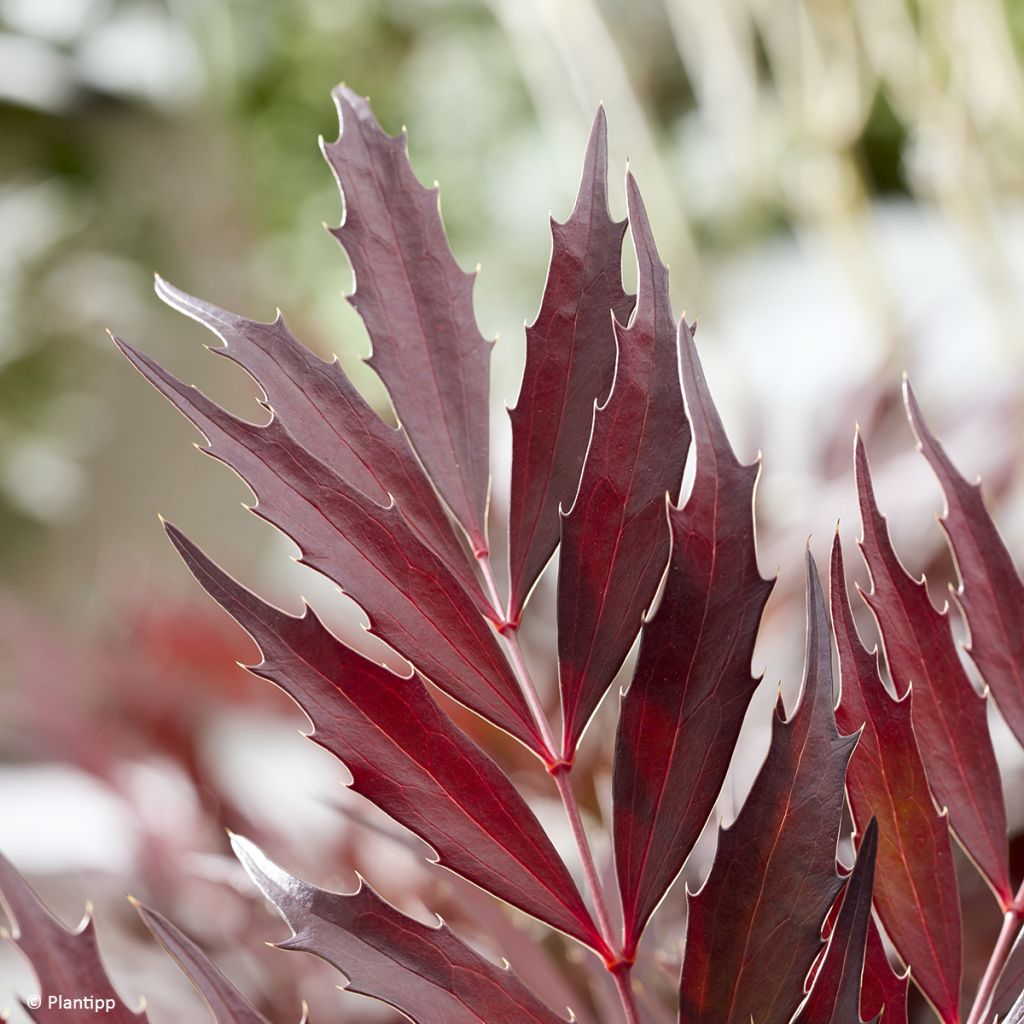

Mahonia Meteor
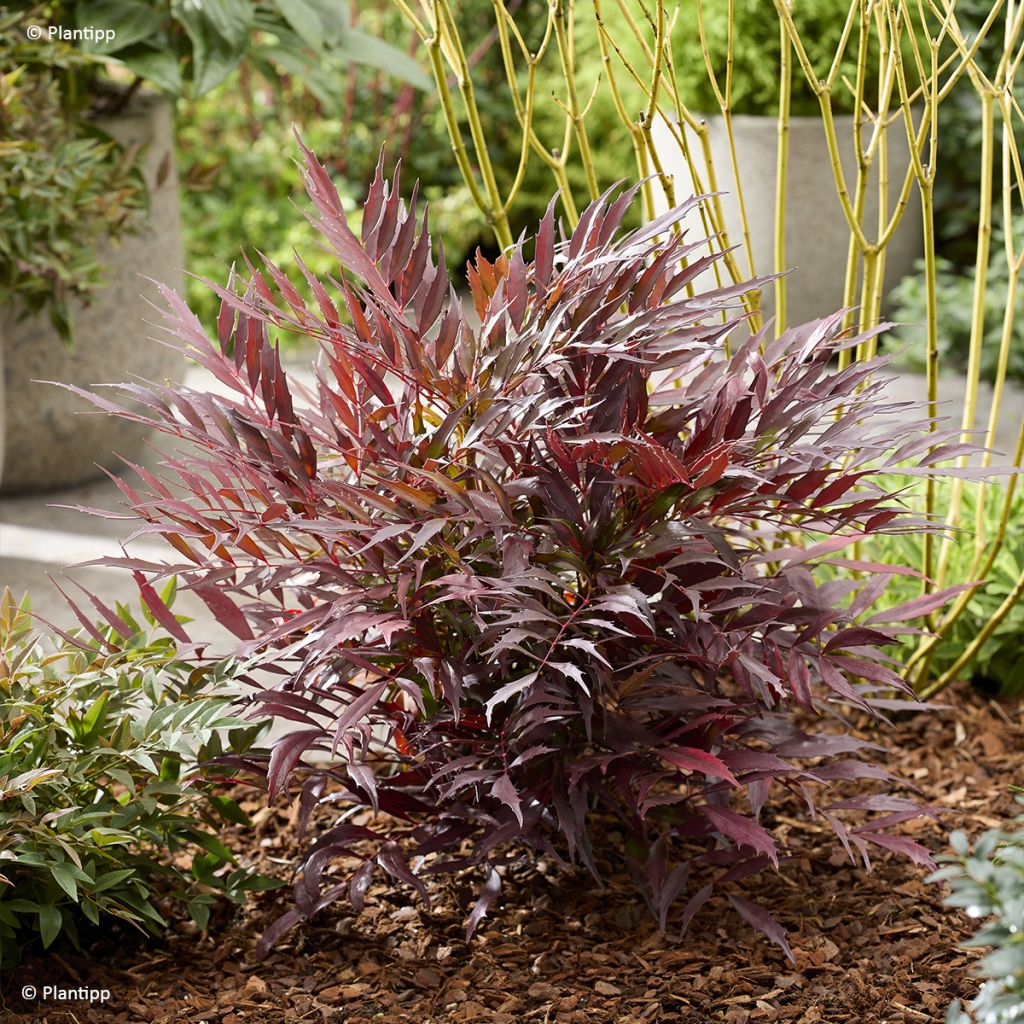

Mahonia Meteor
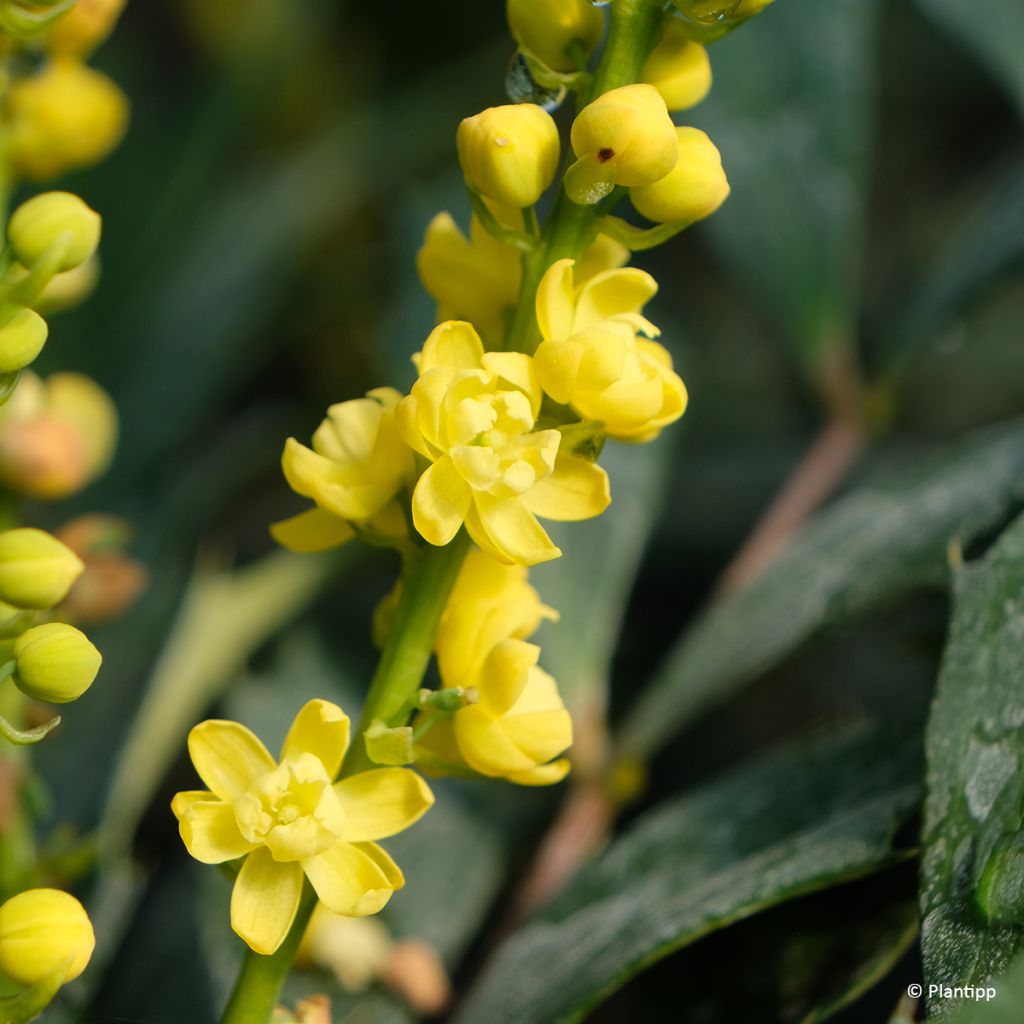

Mahonia Meteor


Mahonia Meteor
Mahonia Meteor
Mahonia eurybracteata subsp. ganpinensis 'Hillmah' Meteor
Special offer!
Receive a €20 voucher for any order over €90 (excluding delivery costs, credit notes, and plastic-free options)!
1- Add your favorite plants to your cart.
2- Once you have reached €90, confirm your order (you can even choose the delivery date!).
3- As soon as your order is shipped, you will receive an email containing your voucher code, valid for 3 months (90 days).
Your voucher is unique and can only be used once, for any order with a minimum value of €20, excluding delivery costs.
Can be combined with other current offers, non-divisible and non-refundable.
Home or relay delivery (depending on size and destination)
Schedule delivery date,
and select date in basket
This plant carries a 24 months recovery warranty
More information
We guarantee the quality of our plants for a full growing cycle, and will replace at our expense any plant that fails to recover under normal climatic and planting conditions.
Would this plant suit my garden?
Set up your Plantfit profile →
Description
The Mahonia eurybracteata subsp. ganpinensis 'Meteor' ('Hillmah') is an elegant colourful, evergreen bush offering a changing spectacle throughout the seasons. Its fine, flexible and non-prickly foliage resembles that of bamboo. Its purple young shoots contrast vividly with the glossy dark green of mature leaves. From late summer through autumn, it adorns itself with long clusters of highly decorative, fragrant yellow flowers followed by blue-black berries. Compact and bushy, this Mahonia is perfectly suited to small gardens or cultivation in large pots on a terrace.
The Mahonia 'Meteor' is an evergreen bush from the Berberidaceae family. This cultivar is a horticultural selection from the botanical species Mahonia eurybracteata subsp. ganpinensis, native to the humid forests of southeastern China, particularly the provinces of Sichuan, Yunnan, and Guizhou, where it grows naturally in shaded undergrowth and mountainous areas. The 'Meteor' cultivar was developed by the renowned British developer Alan Postill and introduced by Hillier Nurseries in 2024.
The Mahonia 'Meteor' reaches approximately 1.20 m in height with a spread of 1 to 2 m in open ground, its growth is moderate. In a pot, its dimensions are generally more reduced, around 0.8 to 1 m in height and width, depending on the container size and growing conditions. It has a compact, ramified habit, forming a rounded and dense silhouette. Unlike other Mahonia species, the 'Meteor' does not produce suckers, which simplifies its maintenance and makes it suitable for small spaces. The evergreen foliage is formed of pennate, flexible, and thornless leaves measuring 20 to 30 cm long. In spring and summer, the young shoots display a beautiful reddish-purple hue. The flowering period spans from September to November. It takes the form of upright clusters filled with fragrant yellow flowers measuring about 10 to 15 cm long. These nectar-rich flowers attract pollinators such as bees and butterflies. They are followed by decorative, non-edible blue-black berries that persist through winter. The thin, flexible, thornsless, light brown stems contribute to the plant's graceful appearance.
The Mahonia Meteor works wonders in shady or partially shady gardens. Compact, graphic, and colourful, it naturally finds its place in Asian-inspired or contemporary settings. In a border, it pairs beautifully with foliage plants like ferns, ophiopogons, heucheras, or hakonechloas. You can also plant a carpet of autumn cyclamen at its base. In a pot on a shaded patio or balcony, it creates a gently exotic display, pleasant even in winter. Its elegant foliage can also be cut for winter vase displays as a substitute for ferns.
Mahonia Meteor in pictures
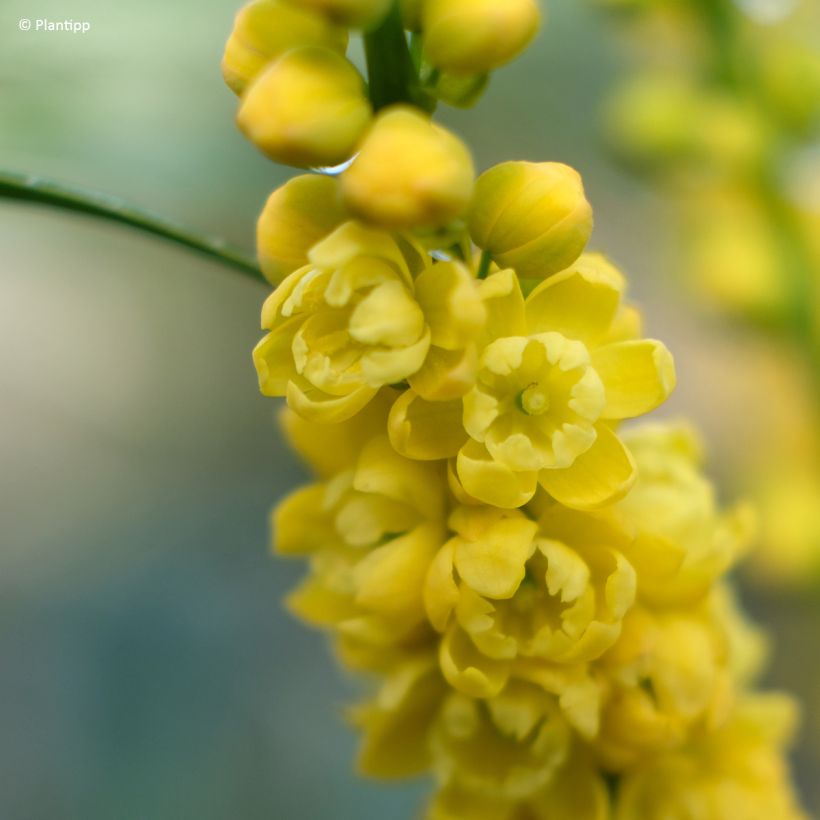

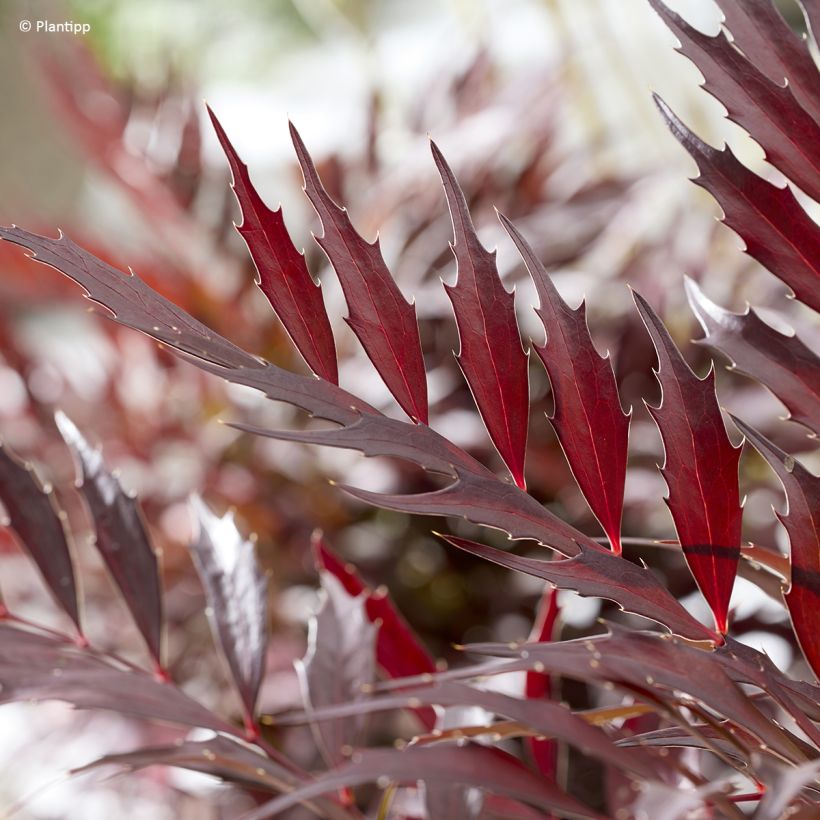



Plant habit
Flowering
Foliage
Botanical data
Mahonia
eurybracteata subsp. ganpinensis
'Hillmah' Meteor
Berberidaceae
Berberis eurybracteata 'Hillmah' METEOR
Cultivar or hybrid
Planting and care
The Mahonia eurybracteata Meteor has no particular requirements regarding soil quality, as long as it remains cool but well-drained. In heavy ground, add leaf mould and coarse sand, mixing them into the planting soil. During the first year after planting, ensure regular watering to encourage establishment. Afterwards, mulching and occasional watering during periods of intense heat are sufficient. It can grow in the deep shade of forests, in woodland undergrowth, or in partial shade, even tolerating gentle morning sun. Its hardiness is relatively good, down to -15°C in sheltered positions. This bush requires no further care and has relatively few pests.
Planting period
Intended location
Care
Planting & care advice
This item has not been reviewed yet - be the first to leave a review about it.
Similar products
Haven't found what you were looking for?
Hardiness is the lowest winter temperature a plant can endure without suffering serious damage or even dying. However, hardiness is affected by location (a sheltered area, such as a patio), protection (winter cover) and soil type (hardiness is improved by well-drained soil).

Photo Sharing Terms & Conditions
In order to encourage gardeners to interact and share their experiences, Promesse de fleurs offers various media enabling content to be uploaded onto its Site - in particular via the ‘Photo sharing’ module.
The User agrees to refrain from:
- Posting any content that is illegal, prejudicial, insulting, racist, inciteful to hatred, revisionist, contrary to public decency, that infringes on privacy or on the privacy rights of third parties, in particular the publicity rights of persons and goods, intellectual property rights, or the right to privacy.
- Submitting content on behalf of a third party;
- Impersonate the identity of a third party and/or publish any personal information about a third party;
In general, the User undertakes to refrain from any unethical behaviour.
All Content (in particular text, comments, files, images, photos, videos, creative works, etc.), which may be subject to property or intellectual property rights, image or other private rights, shall remain the property of the User, subject to the limited rights granted by the terms of the licence granted by Promesse de fleurs as stated below. Users are at liberty to publish or not to publish such Content on the Site, notably via the ‘Photo Sharing’ facility, and accept that this Content shall be made public and freely accessible, notably on the Internet.
Users further acknowledge, undertake to have ,and guarantee that they hold all necessary rights and permissions to publish such material on the Site, in particular with regard to the legislation in force pertaining to any privacy, property, intellectual property, image, or contractual rights, or rights of any other nature. By publishing such Content on the Site, Users acknowledge accepting full liability as publishers of the Content within the meaning of the law, and grant Promesse de fleurs, free of charge, an inclusive, worldwide licence for the said Content for the entire duration of its publication, including all reproduction, representation, up/downloading, displaying, performing, transmission, and storage rights.
Users also grant permission for their name to be linked to the Content and accept that this link may not always be made available.
By engaging in posting material, Users consent to their Content becoming automatically accessible on the Internet, in particular on other sites and/or blogs and/or web pages of the Promesse de fleurs site, including in particular social pages and the Promesse de fleurs catalogue.
Users may secure the removal of entrusted content free of charge by issuing a simple request via our contact form.
The flowering period indicated on our website applies to countries and regions located in USDA zone 8 (France, the United Kingdom, Ireland, the Netherlands, etc.)
It will vary according to where you live:
- In zones 9 to 10 (Italy, Spain, Greece, etc.), flowering will occur about 2 to 4 weeks earlier.
- In zones 6 to 7 (Germany, Poland, Slovenia, and lower mountainous regions), flowering will be delayed by 2 to 3 weeks.
- In zone 5 (Central Europe, Scandinavia), blooming will be delayed by 3 to 5 weeks.
In temperate climates, pruning of spring-flowering shrubs (forsythia, spireas, etc.) should be done just after flowering.
Pruning of summer-flowering shrubs (Indian Lilac, Perovskia, etc.) can be done in winter or spring.
In cold regions as well as with frost-sensitive plants, avoid pruning too early when severe frosts may still occur.
The planting period indicated on our website applies to countries and regions located in USDA zone 8 (France, United Kingdom, Ireland, Netherlands).
It will vary according to where you live:
- In Mediterranean zones (Marseille, Madrid, Milan, etc.), autumn and winter are the best planting periods.
- In continental zones (Strasbourg, Munich, Vienna, etc.), delay planting by 2 to 3 weeks in spring and bring it forward by 2 to 4 weeks in autumn.
- In mountainous regions (the Alps, Pyrenees, Carpathians, etc.), it is best to plant in late spring (May-June) or late summer (August-September).
The harvesting period indicated on our website applies to countries and regions in USDA zone 8 (France, England, Ireland, the Netherlands).
In colder areas (Scandinavia, Poland, Austria...) fruit and vegetable harvests are likely to be delayed by 3-4 weeks.
In warmer areas (Italy, Spain, Greece, etc.), harvesting will probably take place earlier, depending on weather conditions.
The sowing periods indicated on our website apply to countries and regions within USDA Zone 8 (France, UK, Ireland, Netherlands).
In colder areas (Scandinavia, Poland, Austria...), delay any outdoor sowing by 3-4 weeks, or sow under glass.
In warmer climes (Italy, Spain, Greece, etc.), bring outdoor sowing forward by a few weeks.


































